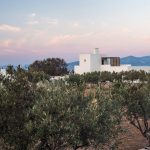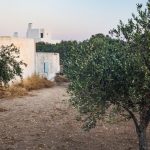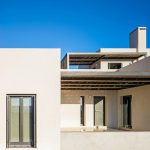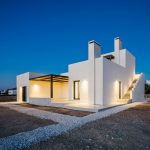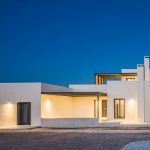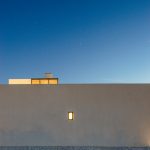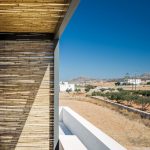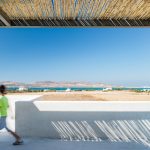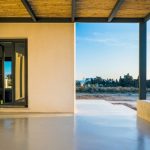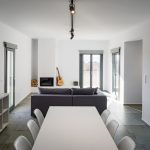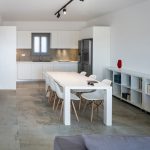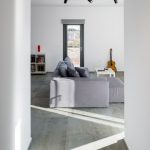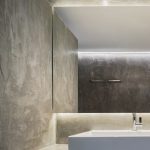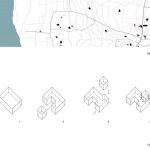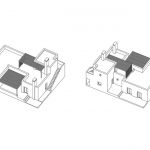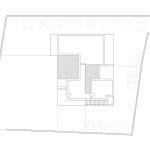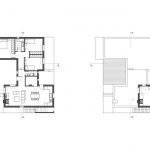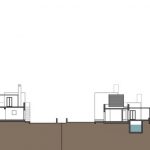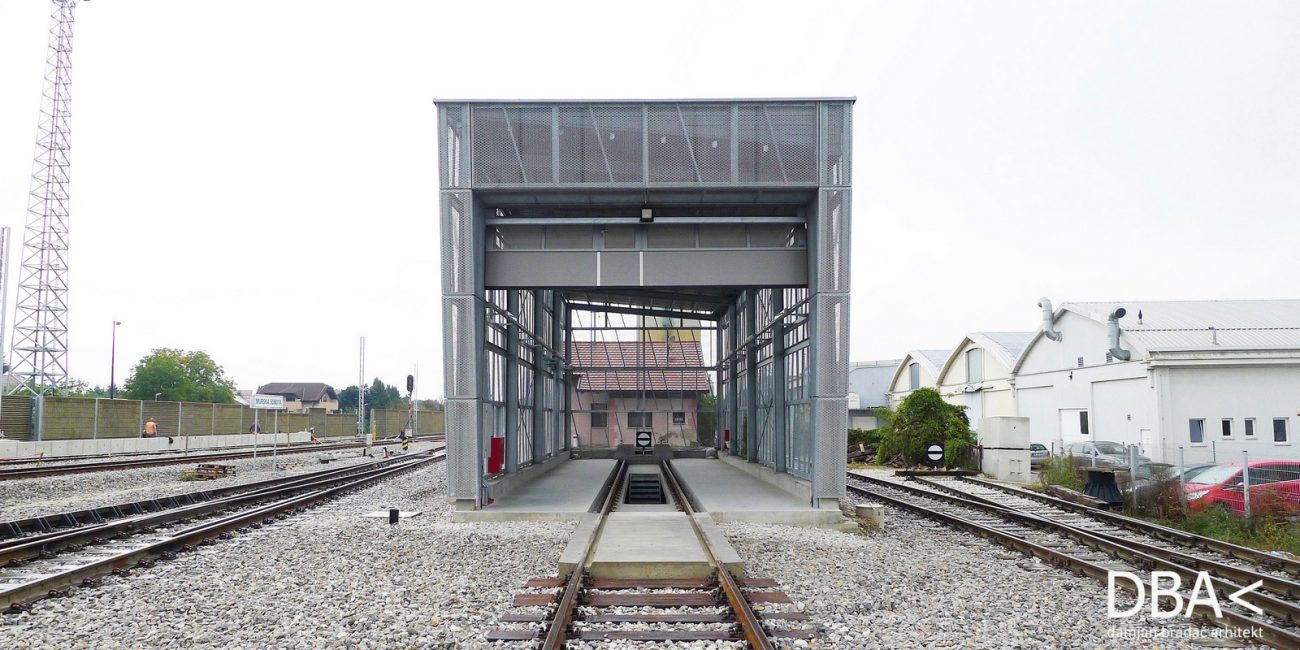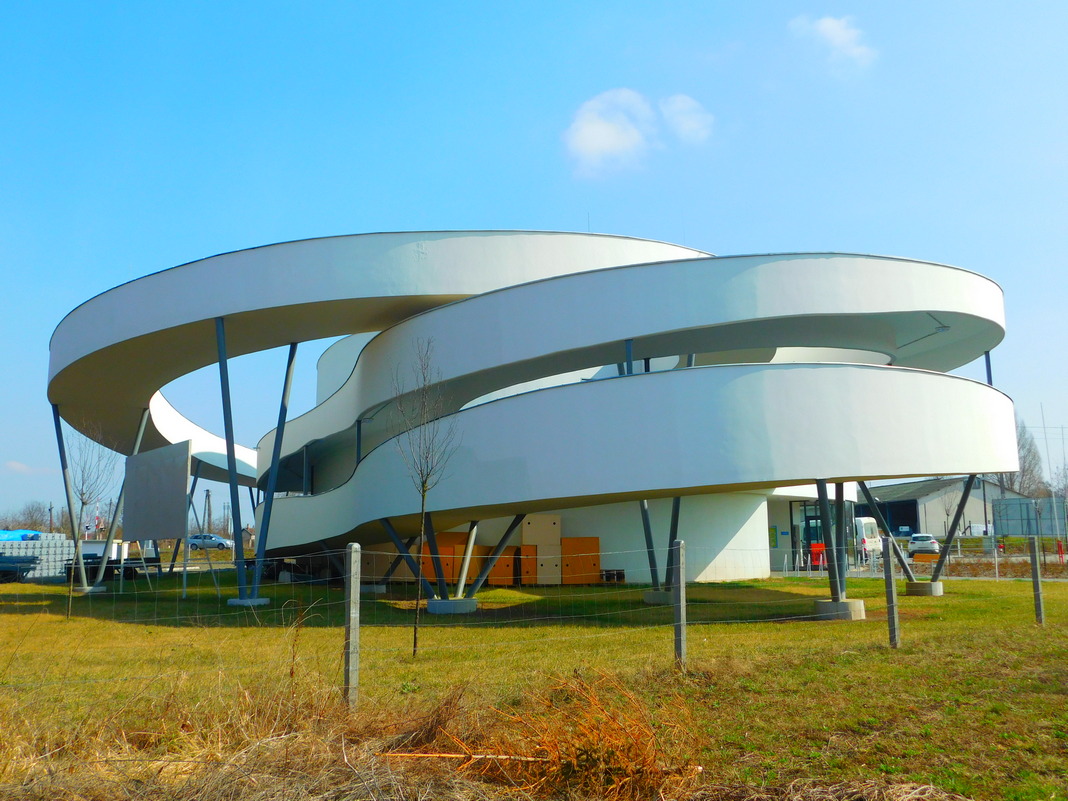Kampos house
Located in the settlement of Kampos, at the Cycladic island of Paros, this house is enhanced by the sublime rural

Lantavos Projects
Kampos house
-
Location
Kampos, Paros, Greece
-
Project title
Kampos house
-
Architecture office
Lantavos Projects
-
Author
Vangelis Lantavos
-
Structural engineering
Constantinos Anagnostopoulos
-
Electro-mechanic study
Civilco
-
Gross floor area
141,60 sqm
-
Construction year
2016
-
Photographs
George Messaritakis
Located in the settlement of Kampos, at the Cycladic island of Paros, this house is enhanced by the sublime rural landscape that surrounds it, which consists of cereal fields, small vineyards and olive groves.
Inside the house and throughout the year, will reside a 5 member family. This situation entails a living organization unlike the making of a simple holiday home.
During the design process, particular emphasis was given to the analysis of local characteristics and conditions, such as direct contact with nature and outdoor living, the strong light of Cyclades and wind. These here greatly contributed to the design of the house, the aesthetic approach of which was done through a modern prism, without the use of exceeding decorative elements that might lead to the direction of a neo-traditional character.
The building form derives from the decomposition of a single rectangular volume (an archetypal building type of the island and the South-East Mediterranean region) and the formation of an enclosed veranda protected from the strong northern winds. The removed volume is placed on the terrace of the building to become an independent studio or relaxation space, where one can enjoy unobstructed views towards the Pounta area and Antiparos island.
The two rectangular ground floor volumes slightly recede from the site plan to reveal part of the internal veranda and create a path to the house entrance. These form the backbone of the residence, with the first containing the common areas while the second is place for the private ones, connected together with auxiliary spaces.
The orientation and shape of the building volumes, the strategically positioned single window on the north façade, the careful installation of a façade insulation system to avoid thermal bridging, as well as, additional elements like wooden pergolas, are all enhancing the energy performance of the dwelling with consideration of local conditions.
 Romană
Romană English
English


